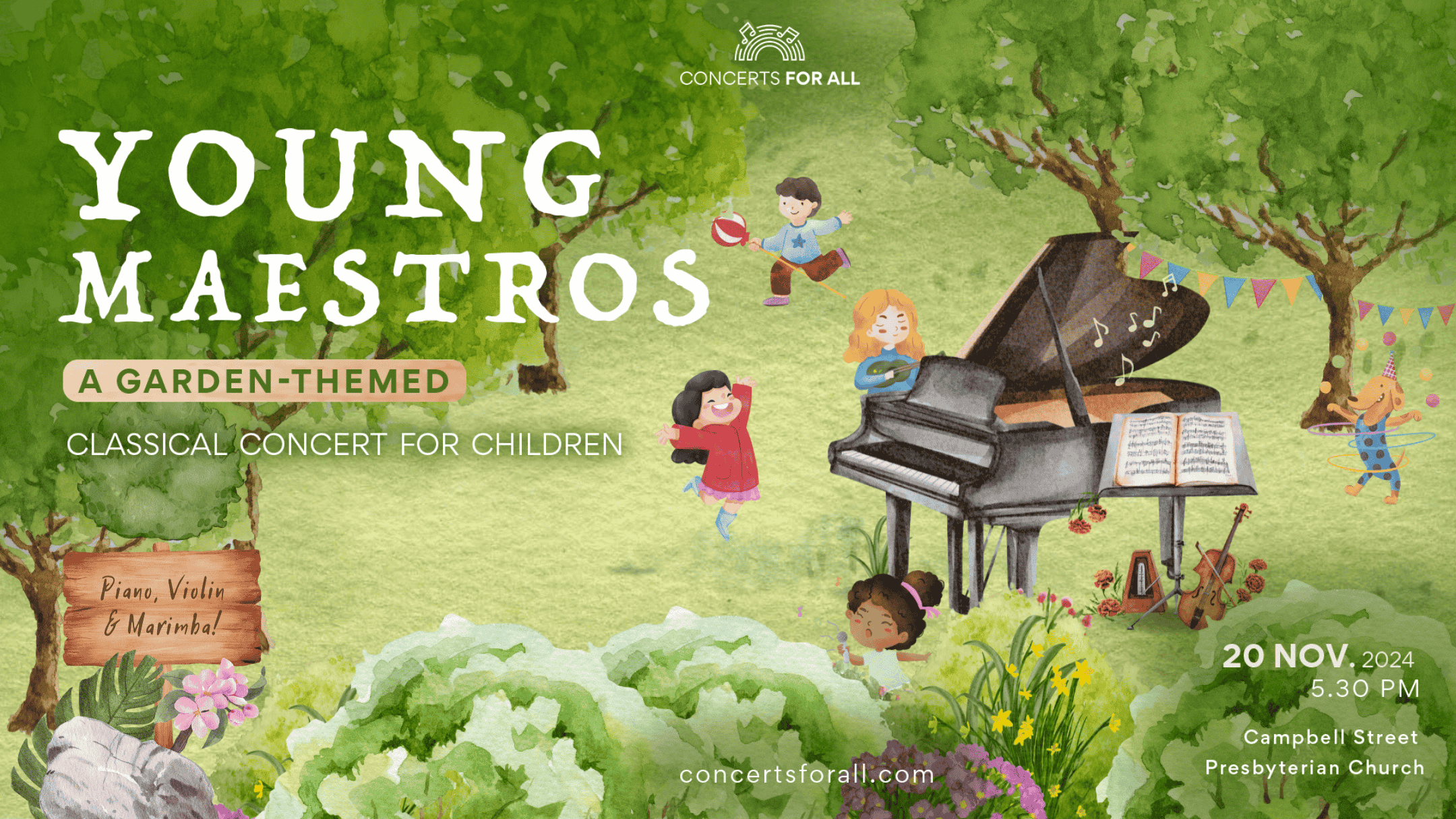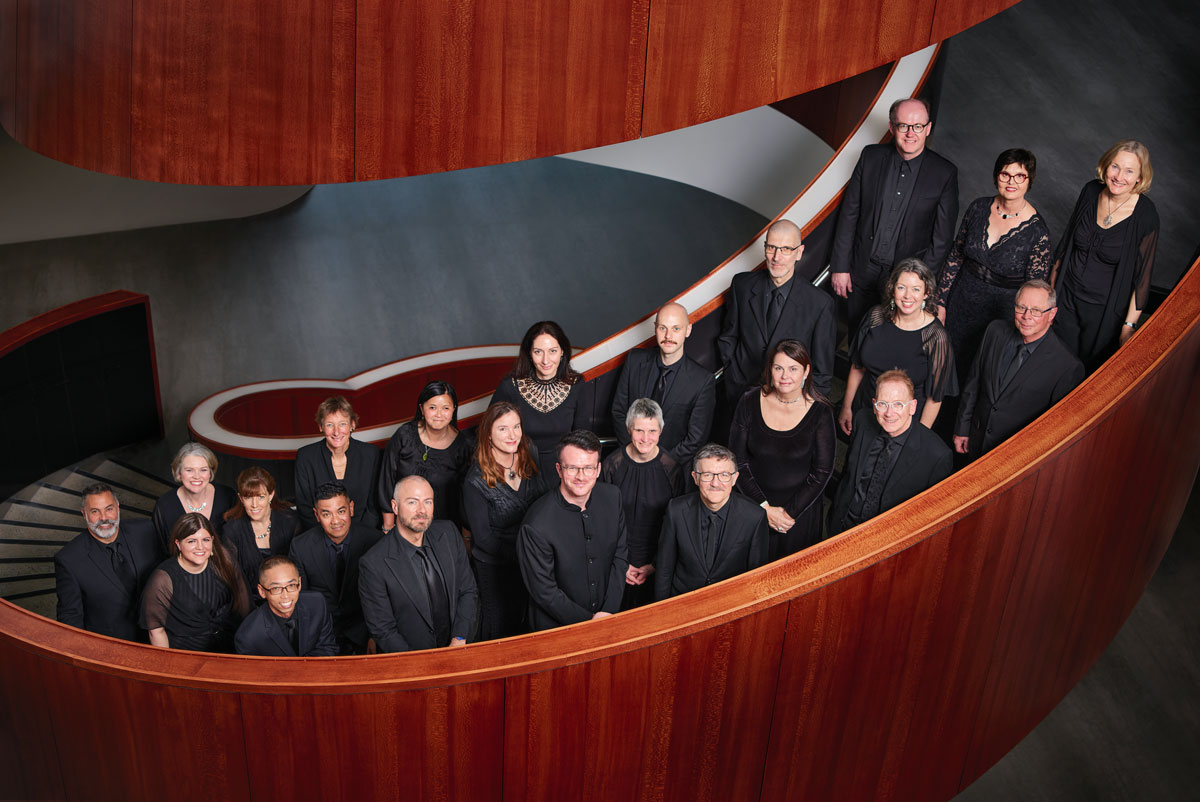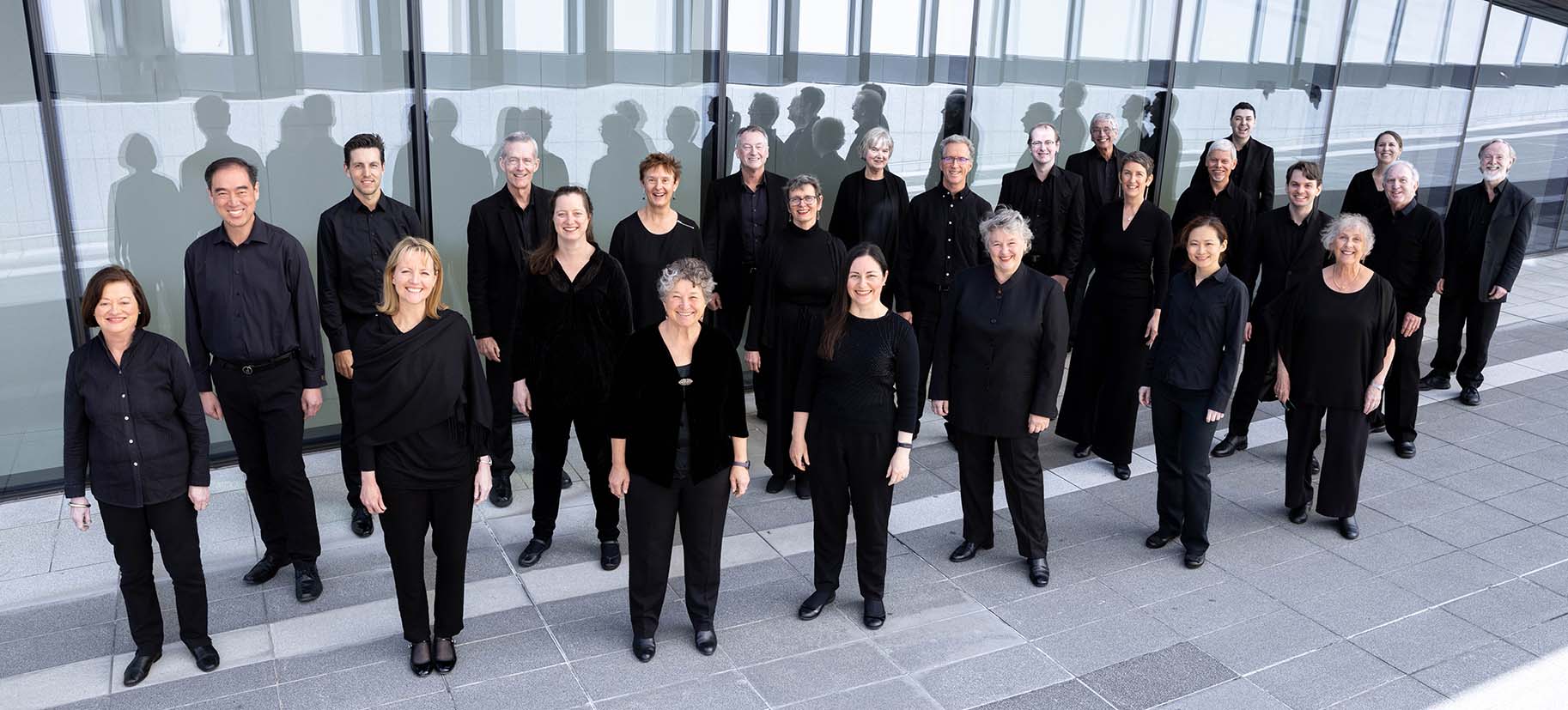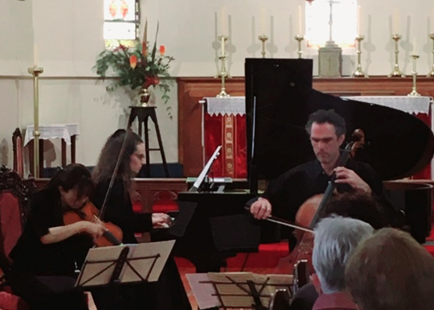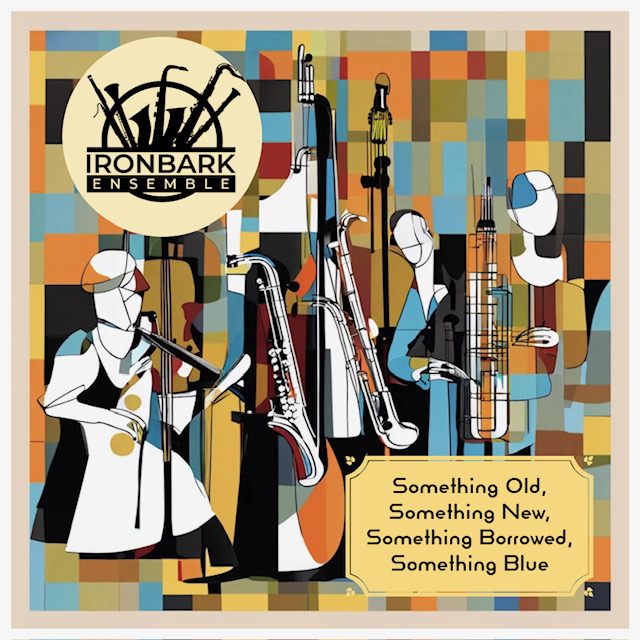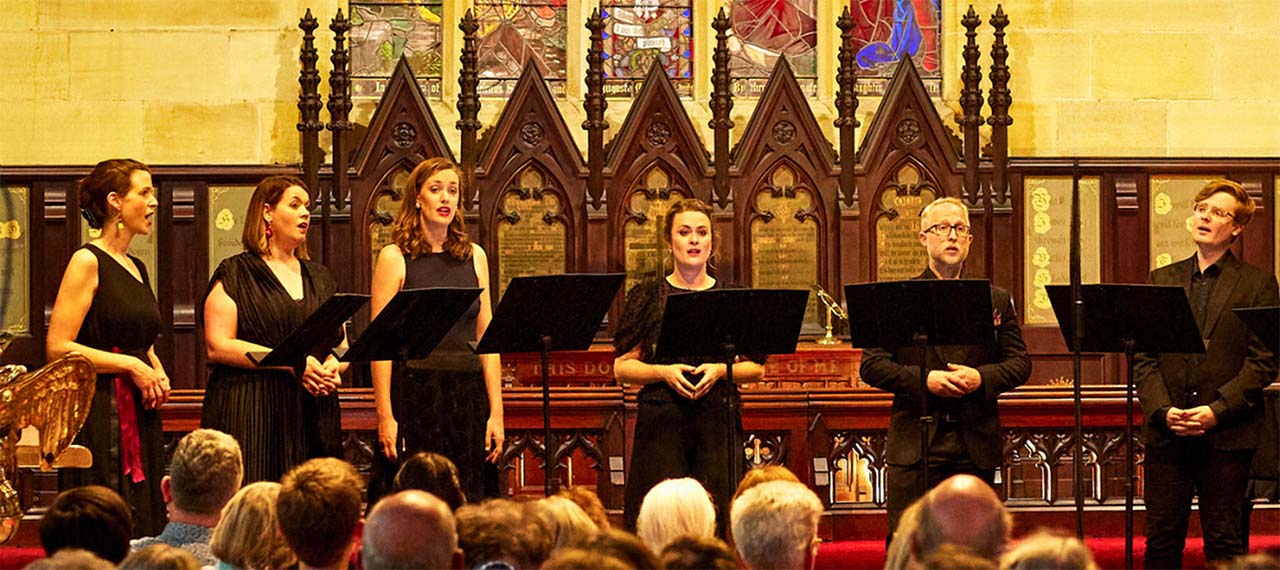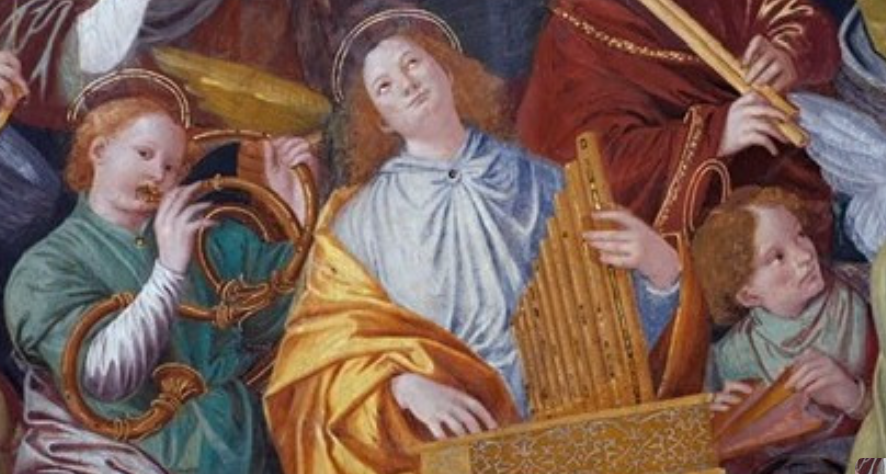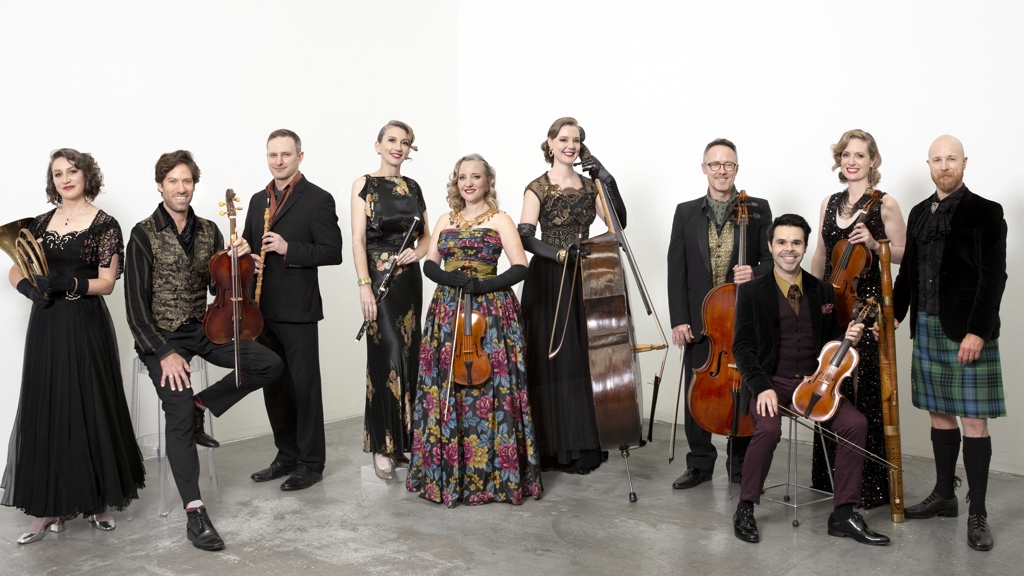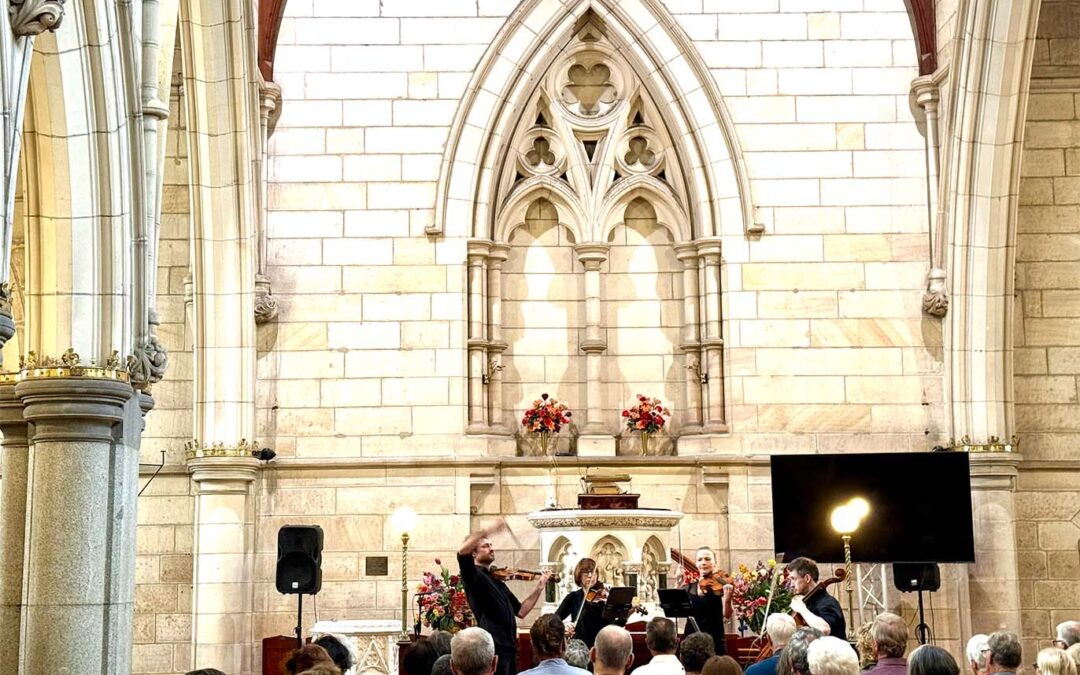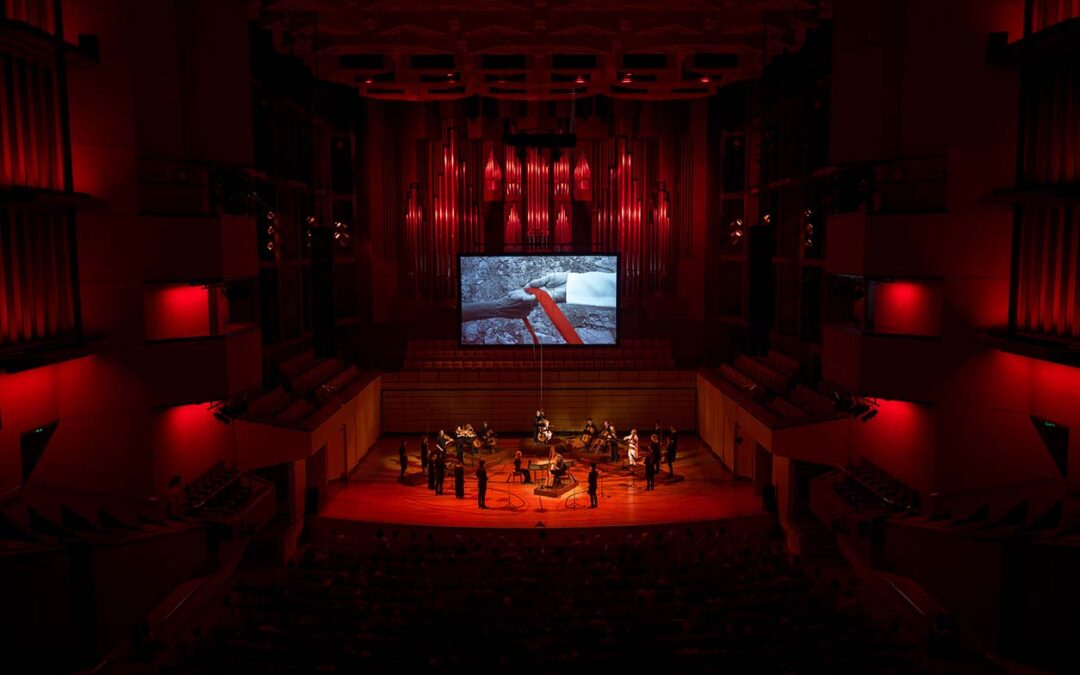The Australian World Orchestra was formed in 2011 under the patronage of Sir Charles Mackerras, comprising Australian musicians playing in local state orchestras and overseas in international symphony orchestras. Sadly, the group only plays for one week a year in Australia, but has already lured famous conductors such as Sir Simon Rattle, Simone Young and Zubin Mehta, with Riccardo Muti taking the baton next week.
Luckily for us, the ensemble also presents chamber music concerts, and on Friday performed under the auspices of the Sydney Mozart Society at Chatswood Concourse. The reputation of the orchestra and its ensemble must be impressive because I have never seen the auditorium so full!
Pianist Tamara-Anna Cislowska is well known to Australian concertgoers. I heard her play at the Huntington Festival when she was only 18 and she proved the darling of the audience. Sally Clarke studied viola at her hometown University of Queensland before pursuing further studies in Cologne and Berlin. She plays with the Schleswig Holstein Festival orchestra as well as Radio Symphony Stuttgart and has eclectic tastes with an interest in the works of lesser-known composers. Francesco Celata is familiar to many as the Principal Clarinet of the SSO. He has performed as soloist with many orchestras in Australia, New Zealand, and the UK, and is a lecturer at the Sydney Conservatorium.
Together, they played the Trio in E Flat K 498 by Mozart. This is commonly known as the Kegelstatt Trio (referring to a place where skittles are played) but this is a misnomer, as Wolfgang wrote the heading for his K 487 and the nickname somehow got transferred to the better-known work. The unusual instrumental combination was brought about by his friendship with the clarinettist Anton Stadler and pianist Franziska Jacquin, plus his own partiality to the viola. Unusually, the first movement is an andante but it flows jauntily in the lower register of the viola blending with the clarinet nicely. In the second movement, a minuet, the viola plays in a higher register and there is an extended dramatic section in the middle, perhaps presaging the advent of the trio section. The last movement is in rondo form with the piano and viola dominating. The clarinet then makes its presence felt with dazzling runs before an innovative coda. A pleasant and compact work which set the tone for the evening.
Australian-born Daniel Dodds is also a child prodigy and completed his studies in Switzerland and The Netherlands. He is now artistic director of Festival Strings Lucerne and plays a 1717 Stradivarius. He has an impressive list of performances as a soloist. David Berlin studied cello at the Sydney “Con” and also the Juilliard school in New York. He was principal cellist of The Adelaide Symphony Orchestra before moving to the same position in Melbourne and he also has a long list of solo performances. Natalie Chee won numerous prizes in Australia in her youth including “Young Performer of the Year” in 1992. She studied violin further at Berne and became concertmaster of the Stuttgart Symphony Orchestra. She is also an accomplished accompanist and soloist.
The string quartet and wind came together for Brahms Clarinet Quintet in B minor op 115. History relates that the composer had retired but heard Richard Mühlfeld playing the clarinet part in Mozart’s Quintet and was so inspired that he determined to compose again. Aptly, Mühlfeld played in the first performance of the work in 1891, as did the composer’s best friend, violinist Joseph Joachim.
An engaging lilting theme starts the first movement but there are undertones of melancholy throughout. Attempts to modulate to the major mode fail and indeed the home key of B minor dominates the work. The instruments gel together perfectly although the clarinet dominates the concluding bars after a fiery interlude. In the adagio, there is a simply stated theme which starts in B major but soon reverts to the minor while, in the middle section, the clarinet displays its virtuosity. The third movement starts with a scherzo-like andantino but soon the same theme transmogrifies to an agitated presto. The concluding con moto consists of a theme with five closely related variations while themes from the first movement recur especially in the cadenza. The work seems to maintain its sombre mood throughout yet there is an element of optimism.
The Piano Quintet in E flat op 44 is Schumann’s best-known chamber work and is a favourite of mine. It was written in 1842 at a happy and prolific stage of his life. The instrumental combination was fairly new; previous quintets having been written for a double bass rather than cello as in Schubert’s “Trout “.
An emphatic opening theme starts the work and is soon replaced by a hauntingly lyrical one, followed by an extended exposition involving both themes. The second movement is billed as a slow march but attempts to label it as a funeral march are, to my mind, misguided. It has dark episodes but also lighter ones, and the main theme is querulous but not sad. It features in the German film about Schumann’s life, “Geliebte Clara”. Further development includes references to the previous movement. The scherzo opens with an ascending major scale on piano interrupted by sharp chords on the strings and this cleverly morphs into a plaintive tune. Two trios – one calm and one less so – intrude without interrupting the flow. The final allegro maintains the energy in a minor key for the most part. An amazing coda is in the form of a double fugue combining the main themes from the opening and final movements. Overall a forceful, tuneful and mature work full of major/minor modulations and use of tonality well ahead of its time.
I haven’t mentioned the quality of the playing by the Quintet. Of course, it was perfect throughout, with feeling for the music matched by accuracy, synchrony, and flair. Credit goes also to the Sydney Mozart Society for securing the services of such an elite group and it’s part in the superb programming. The concert was recorded to be played later on ABC FM – make sure you don’t miss that.


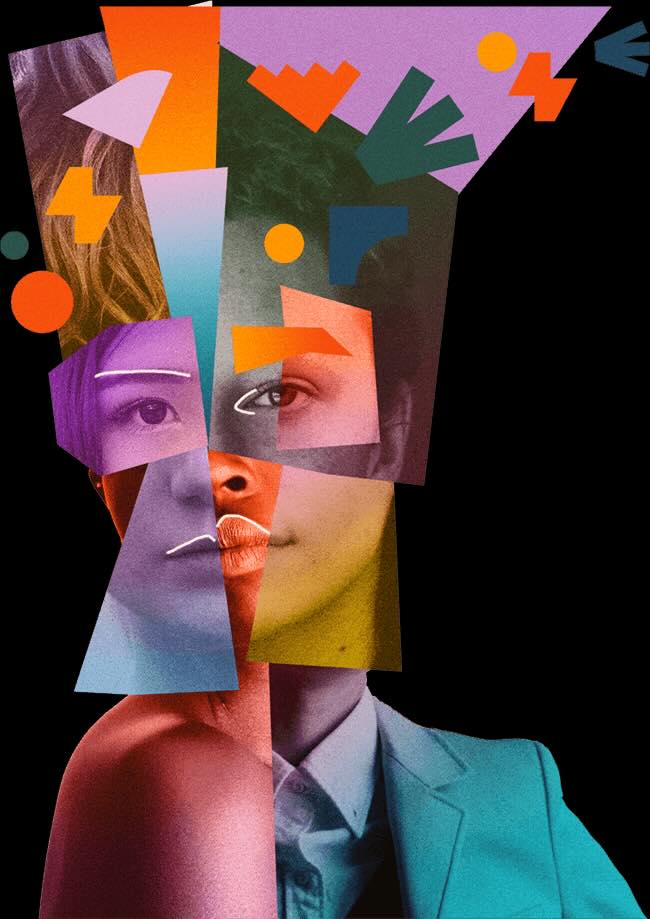

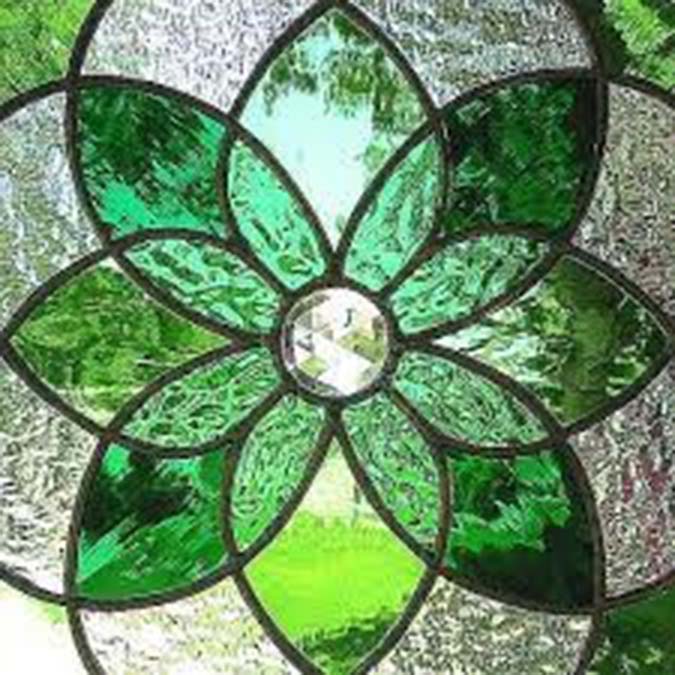
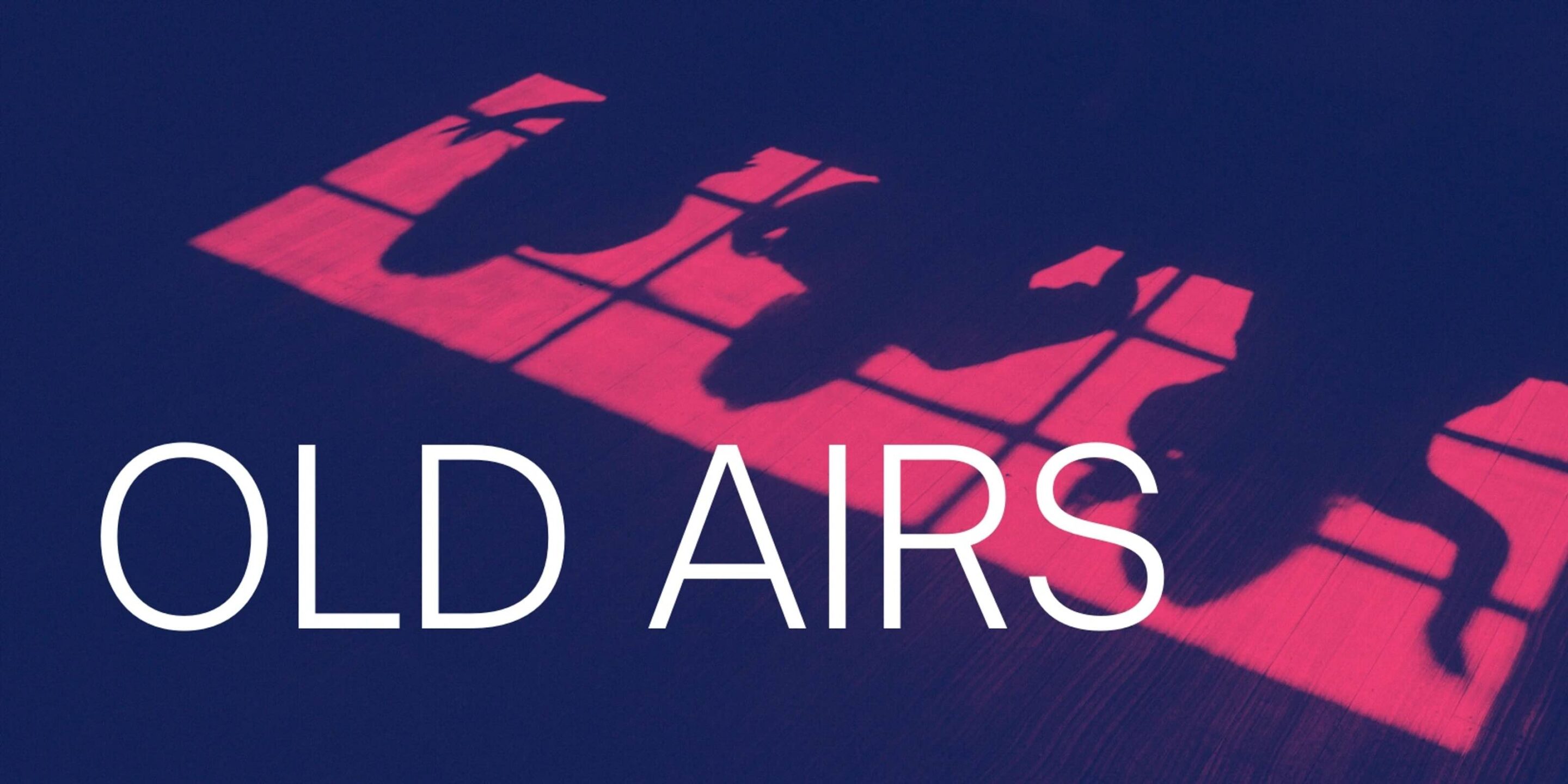
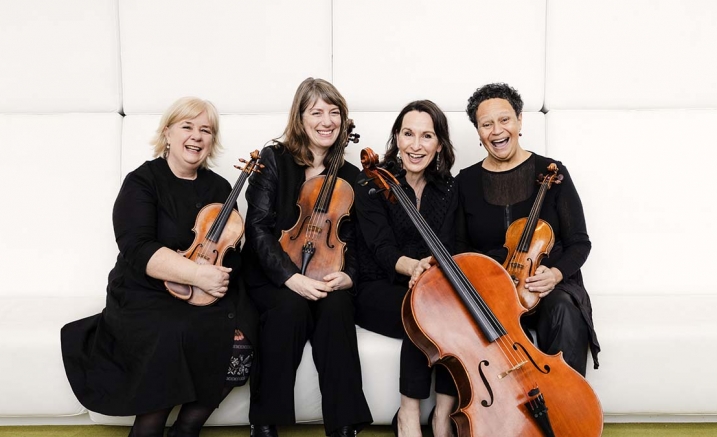


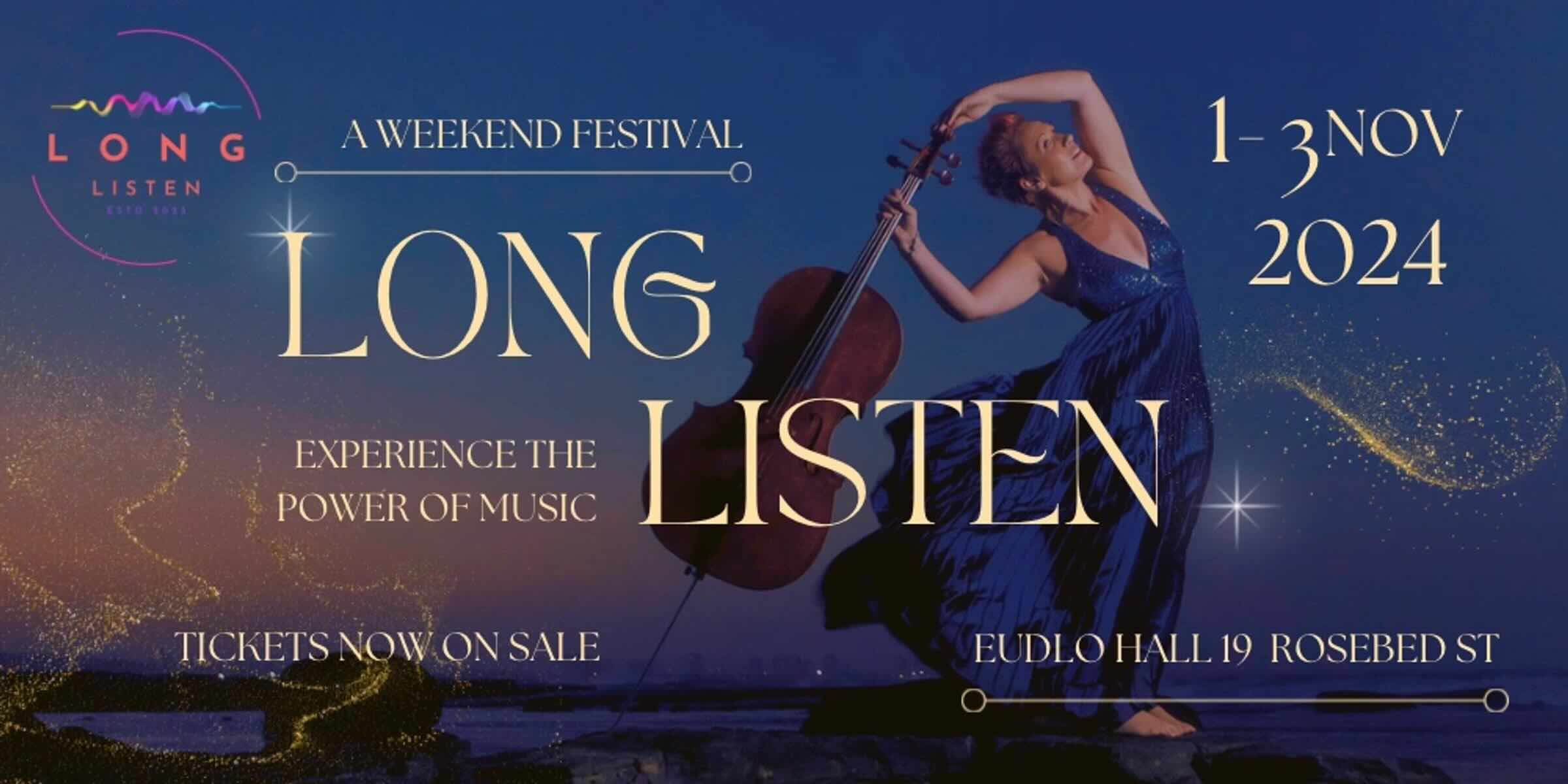
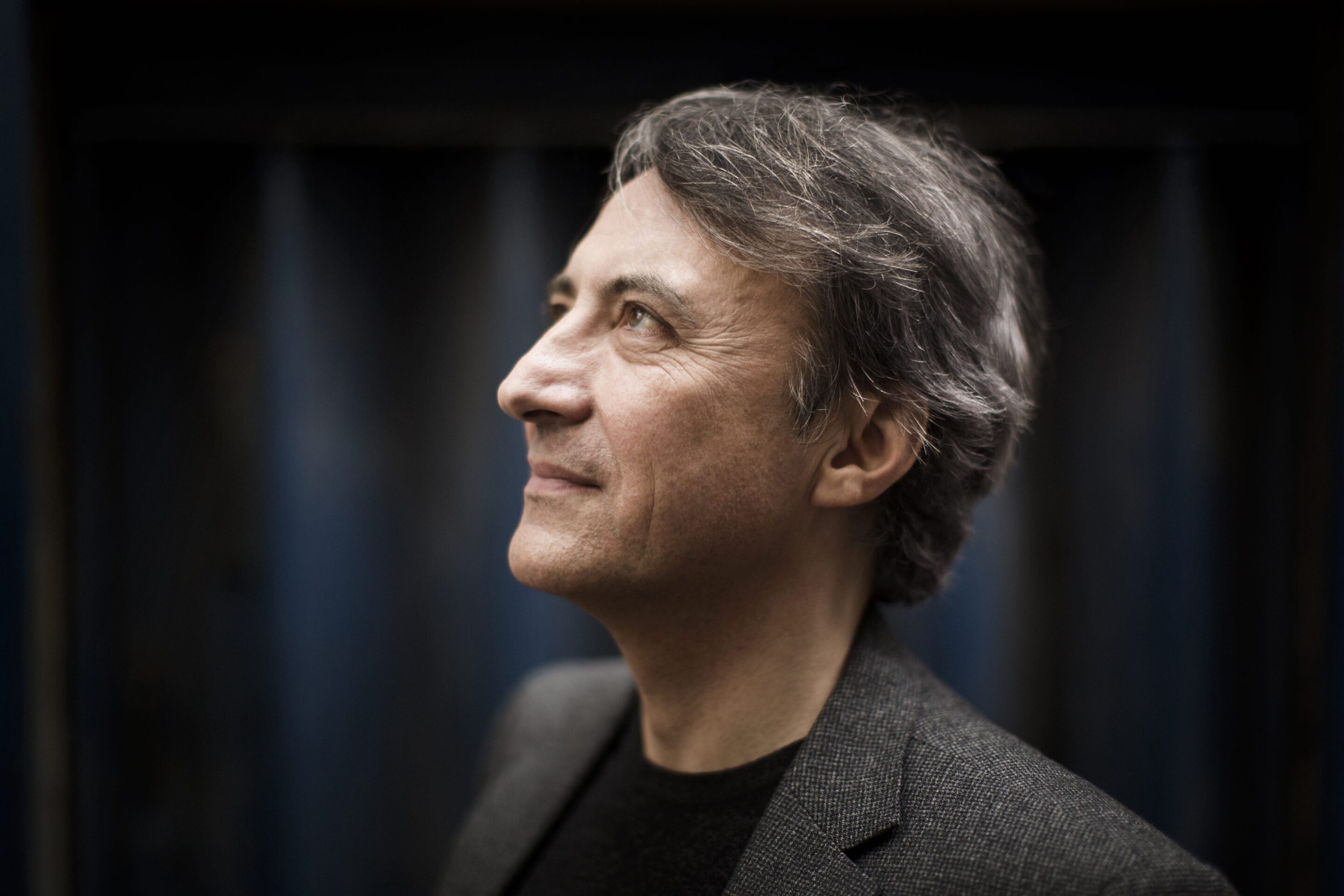

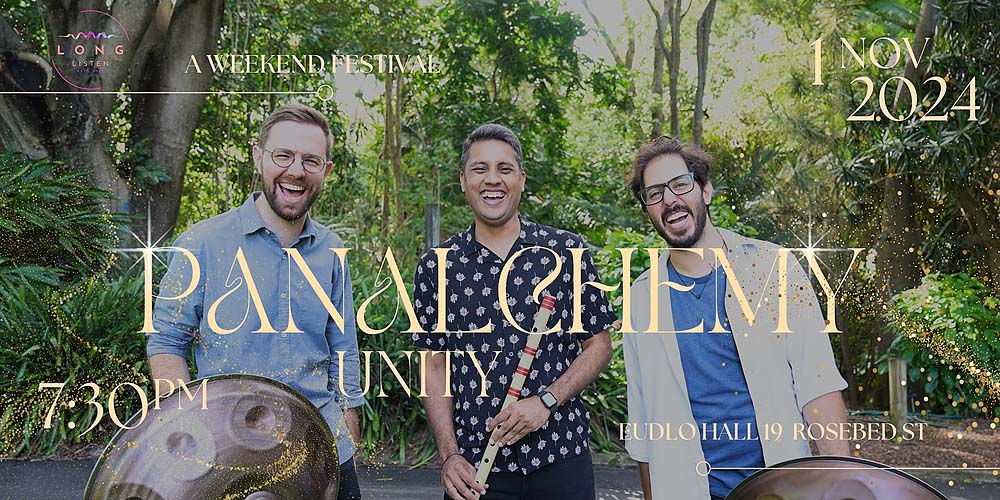

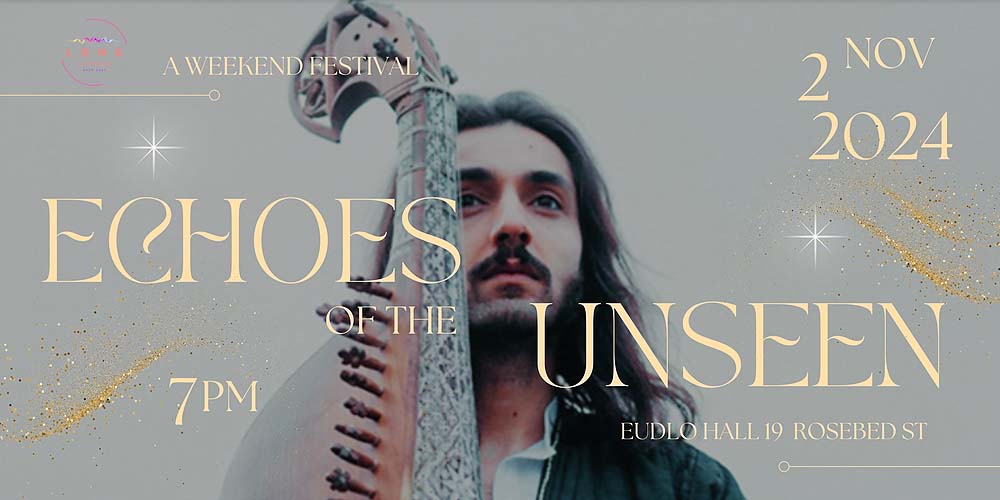
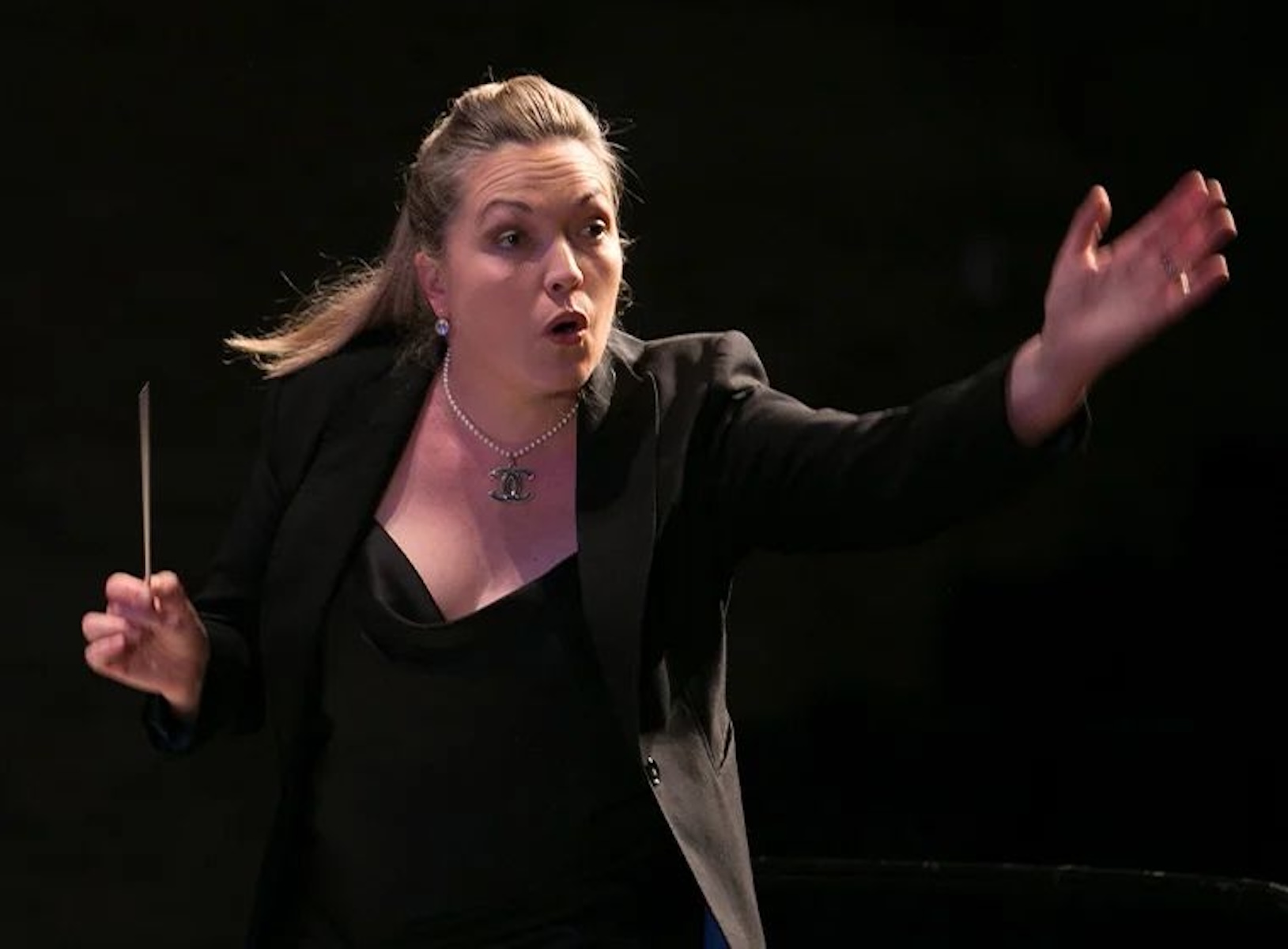
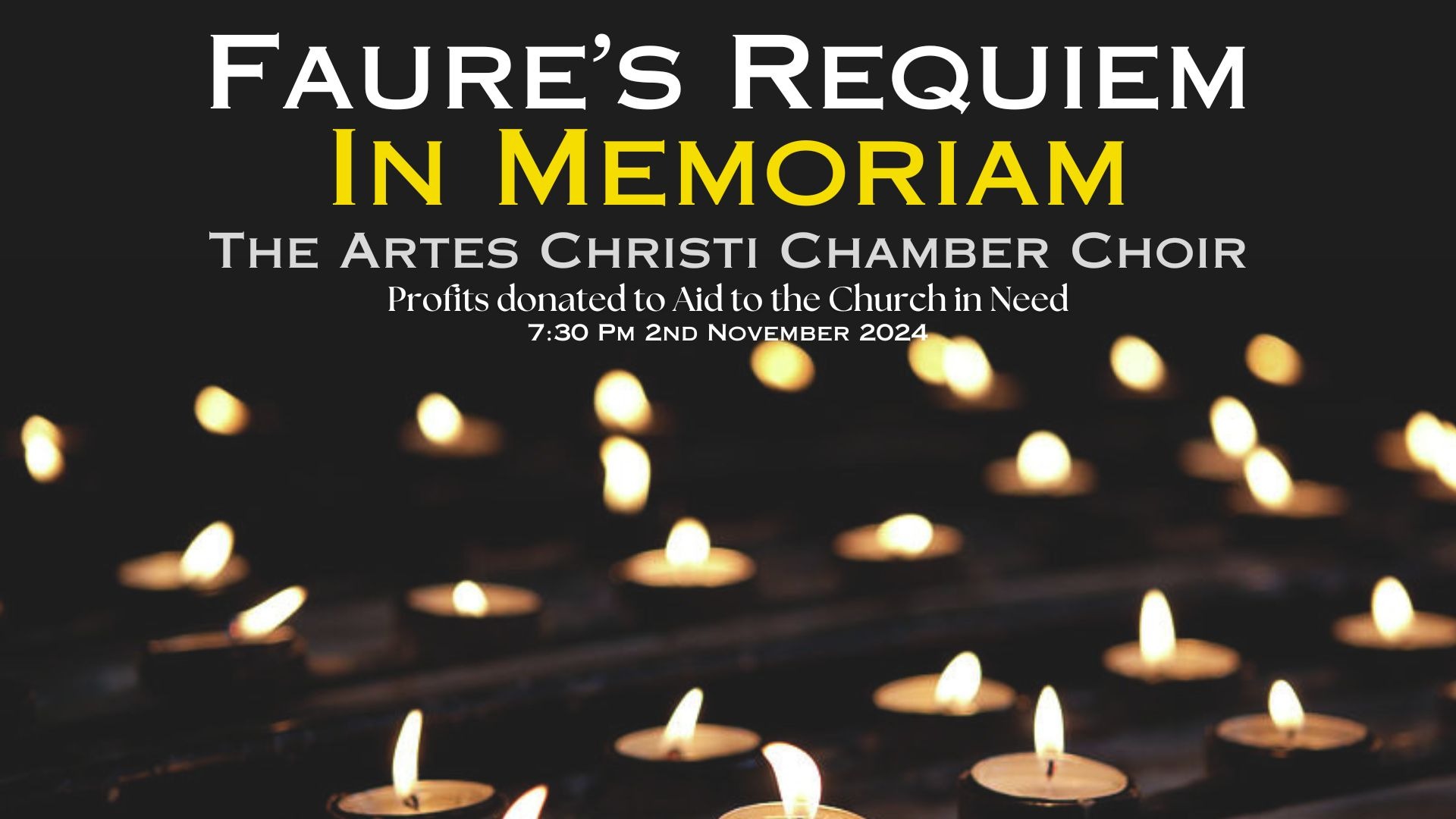
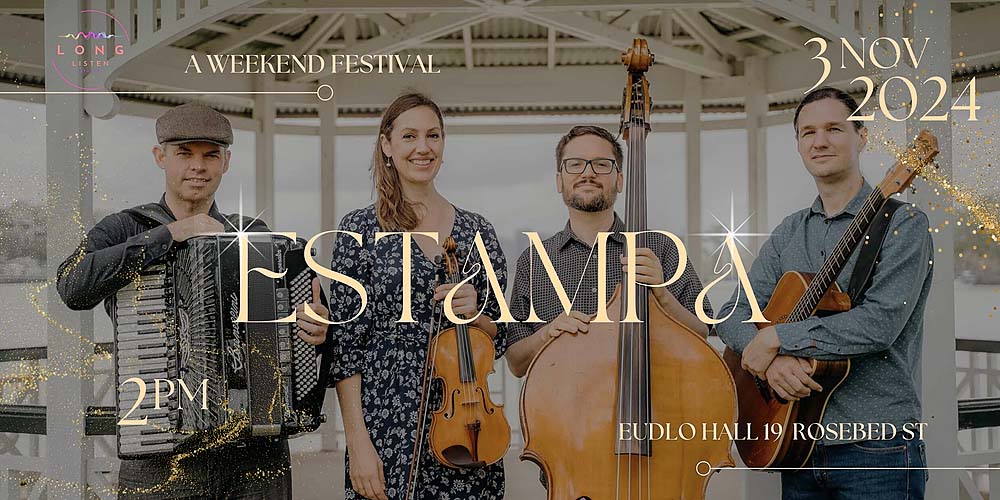

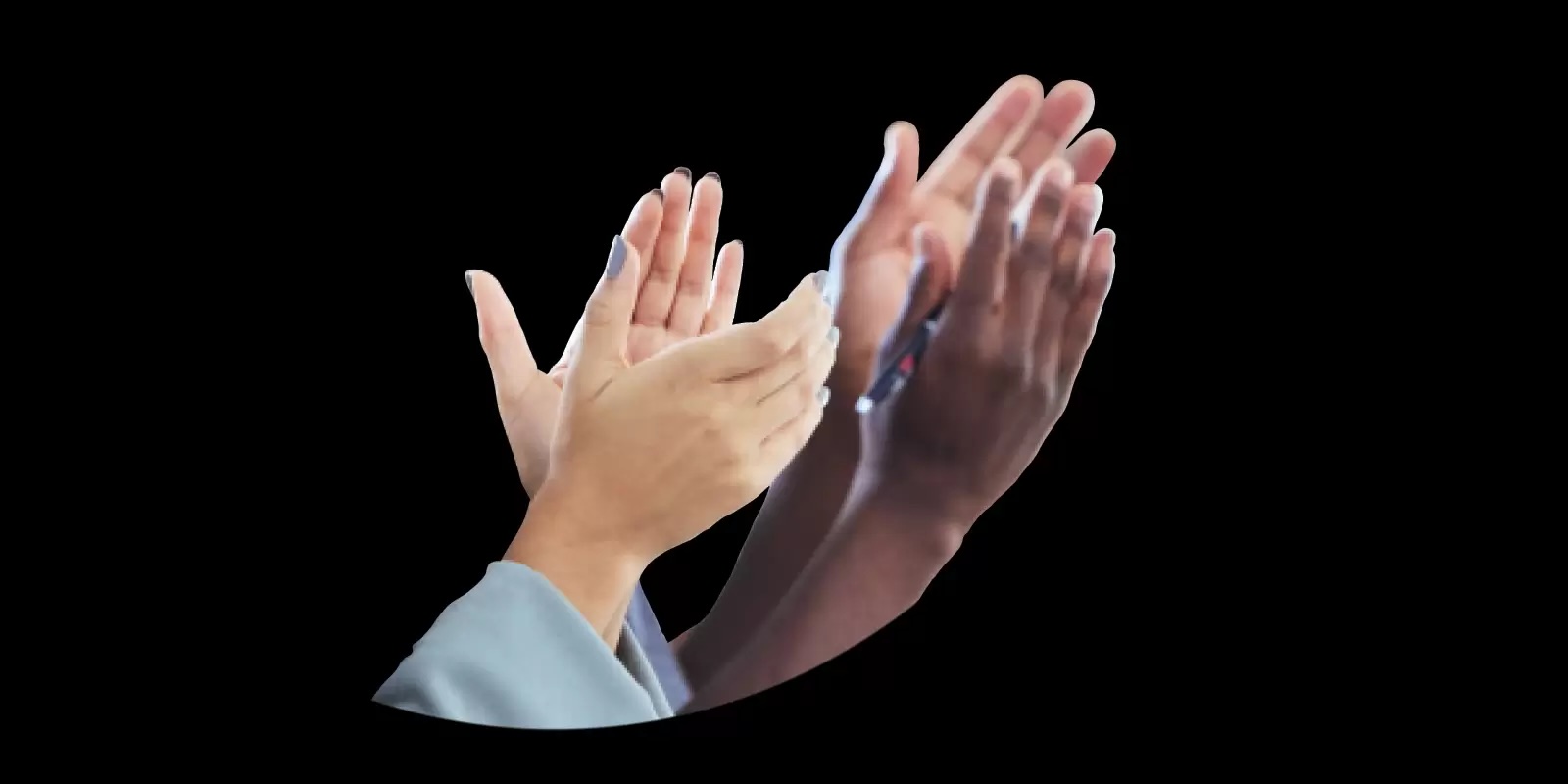



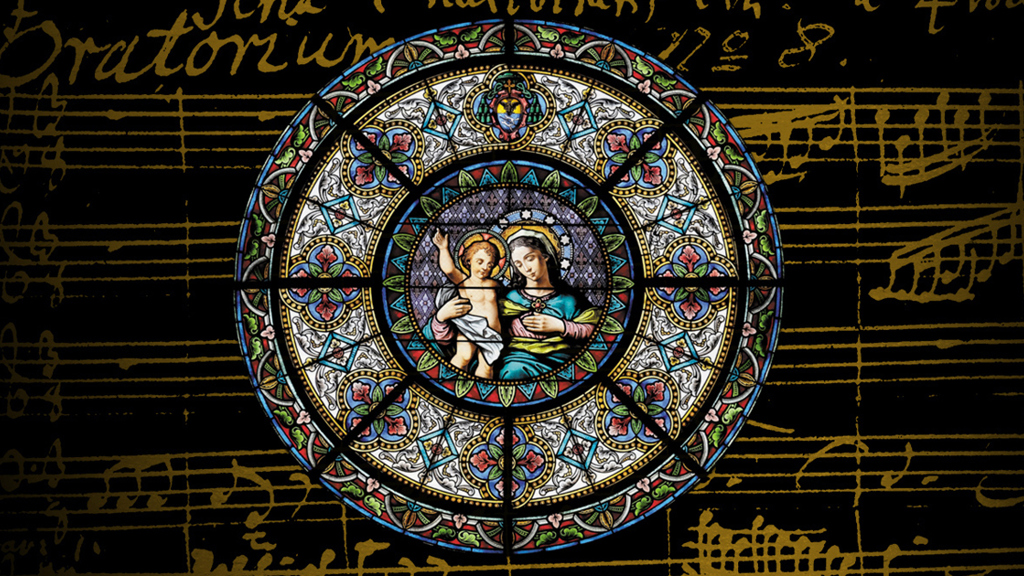
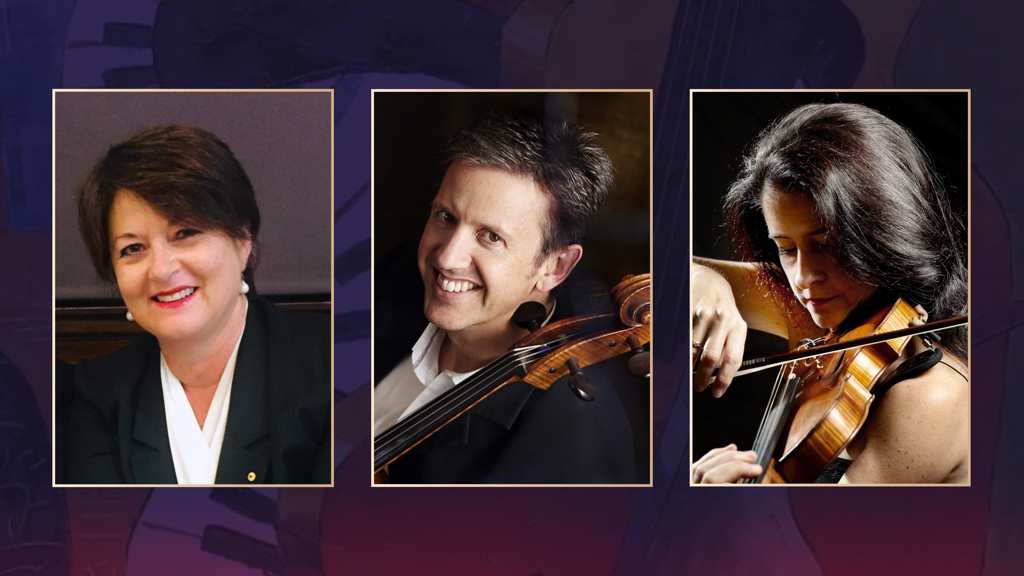

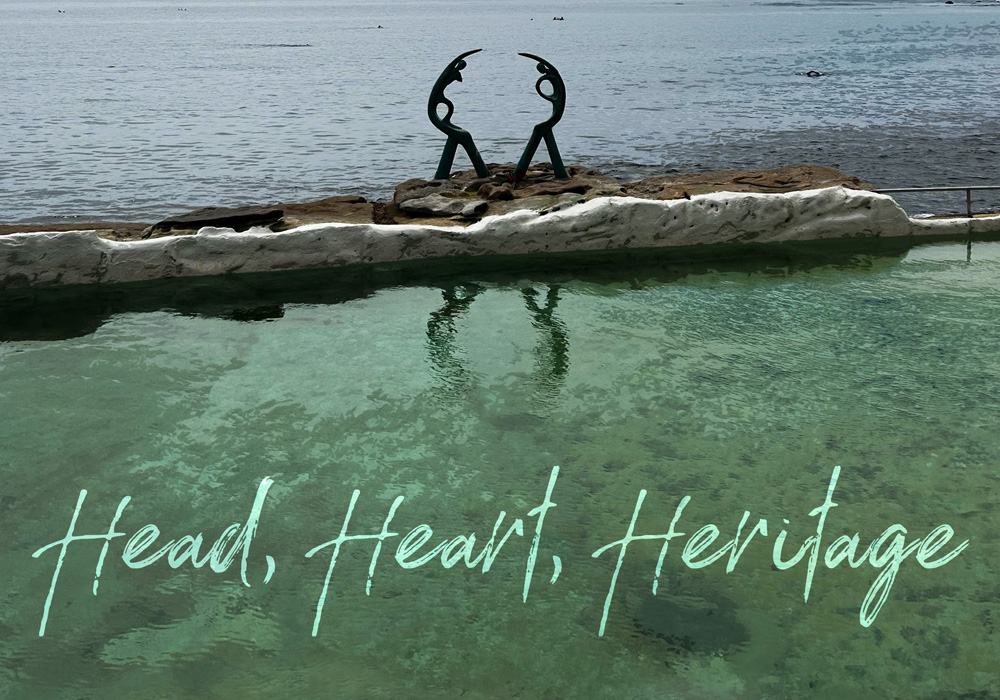
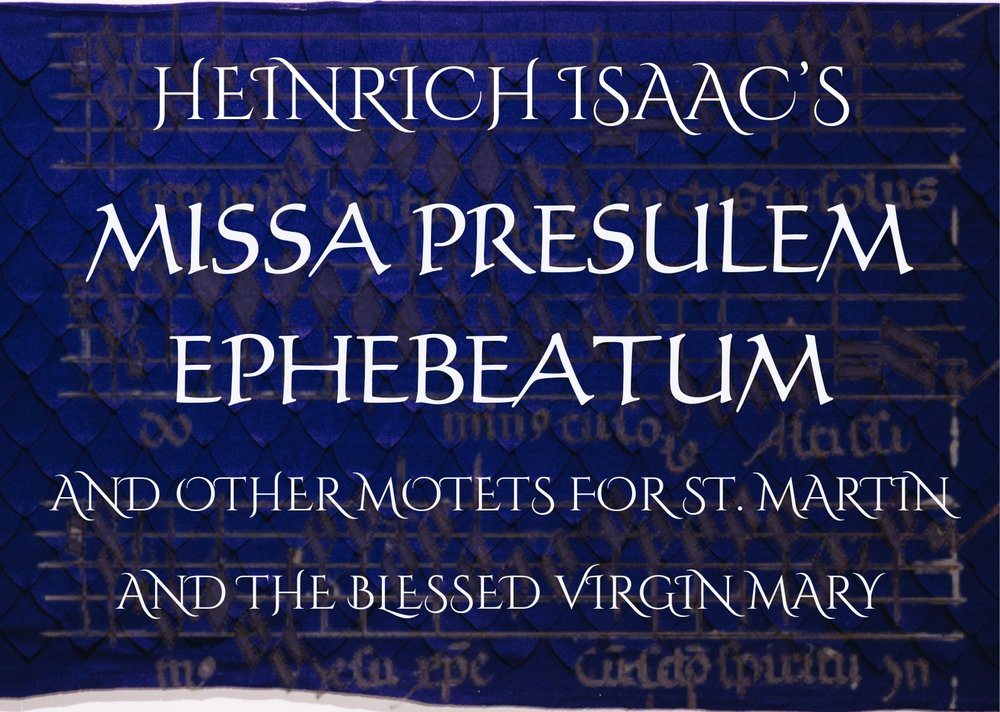

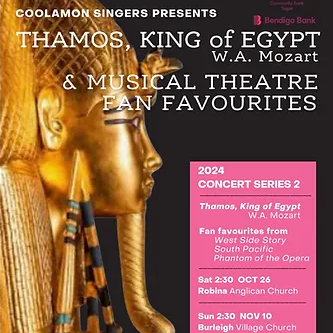
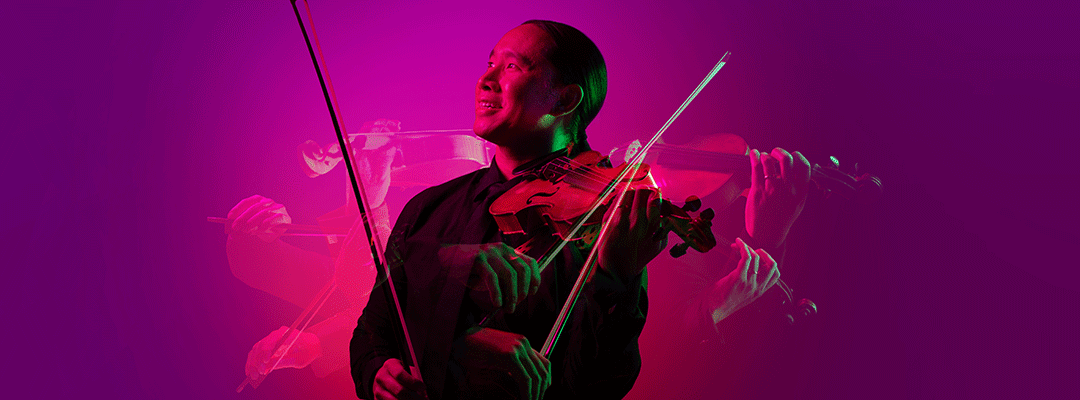
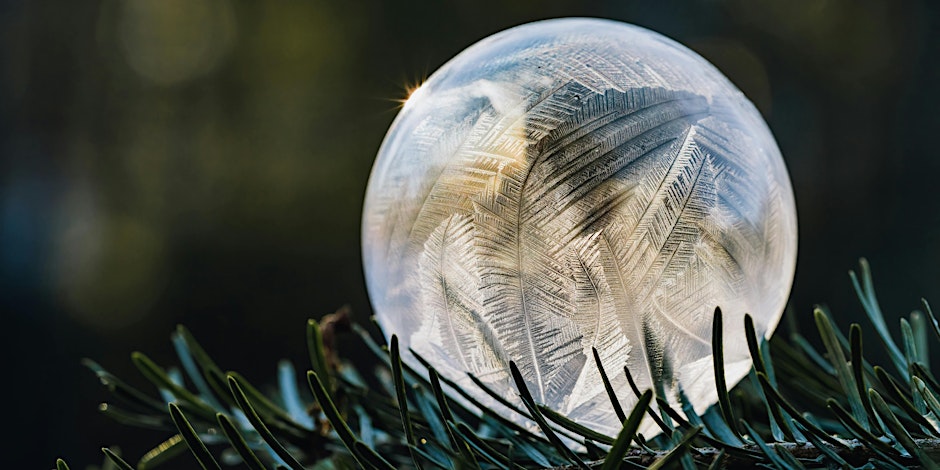

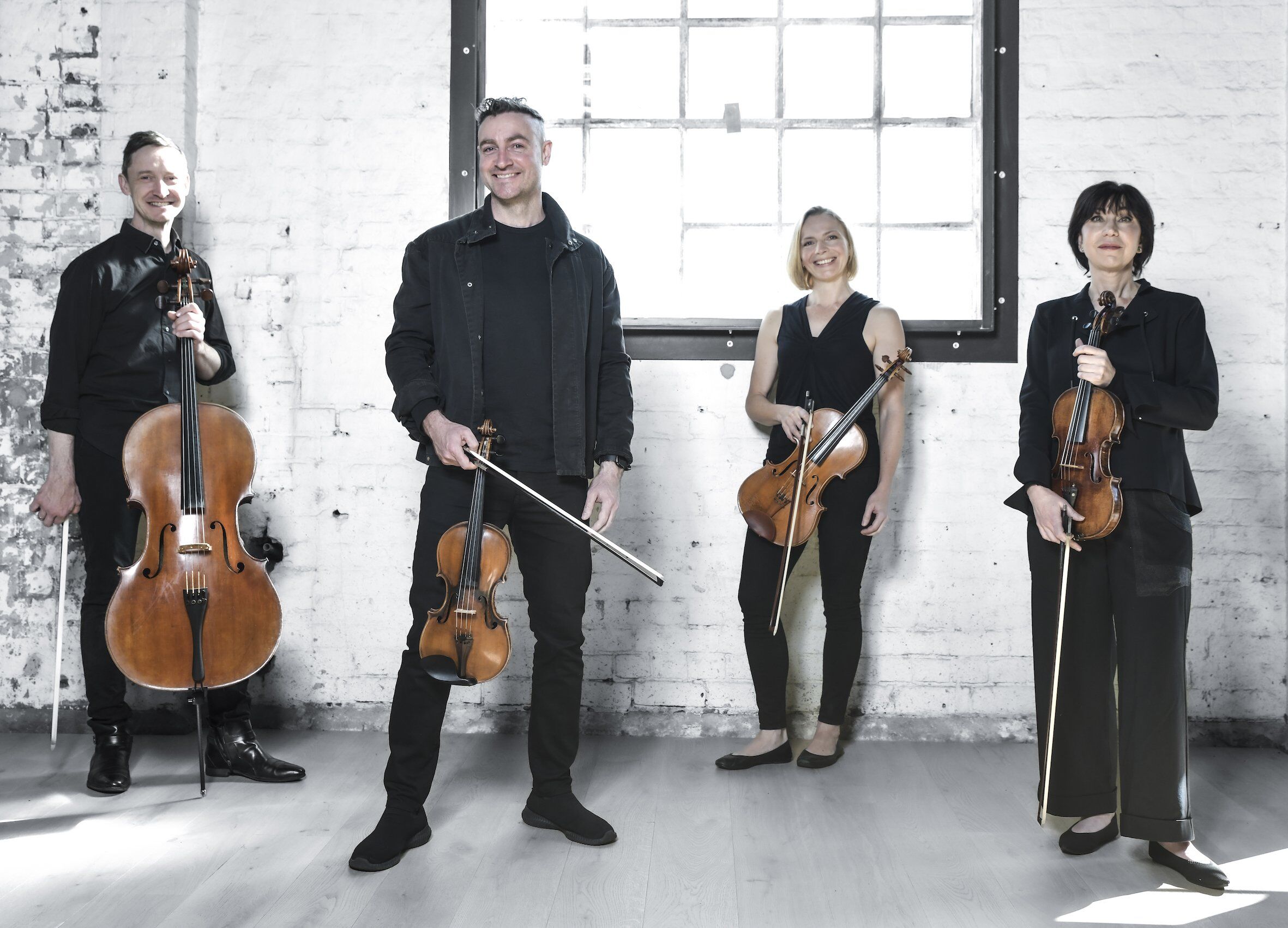

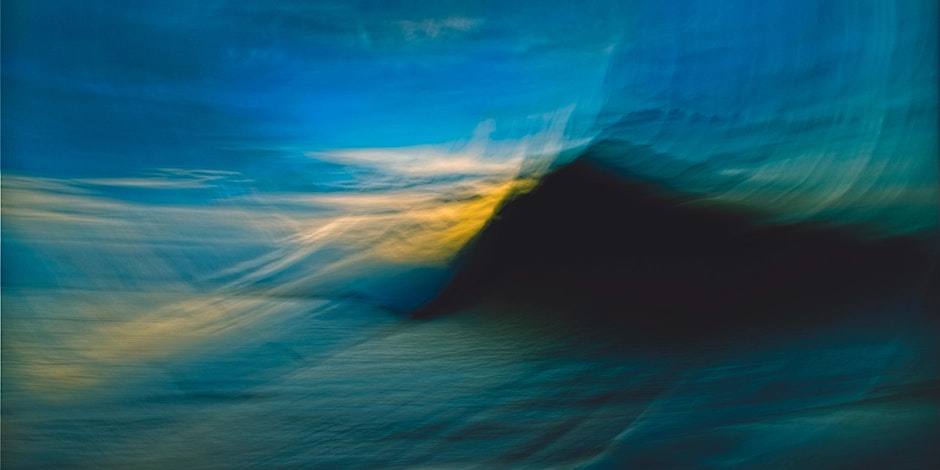

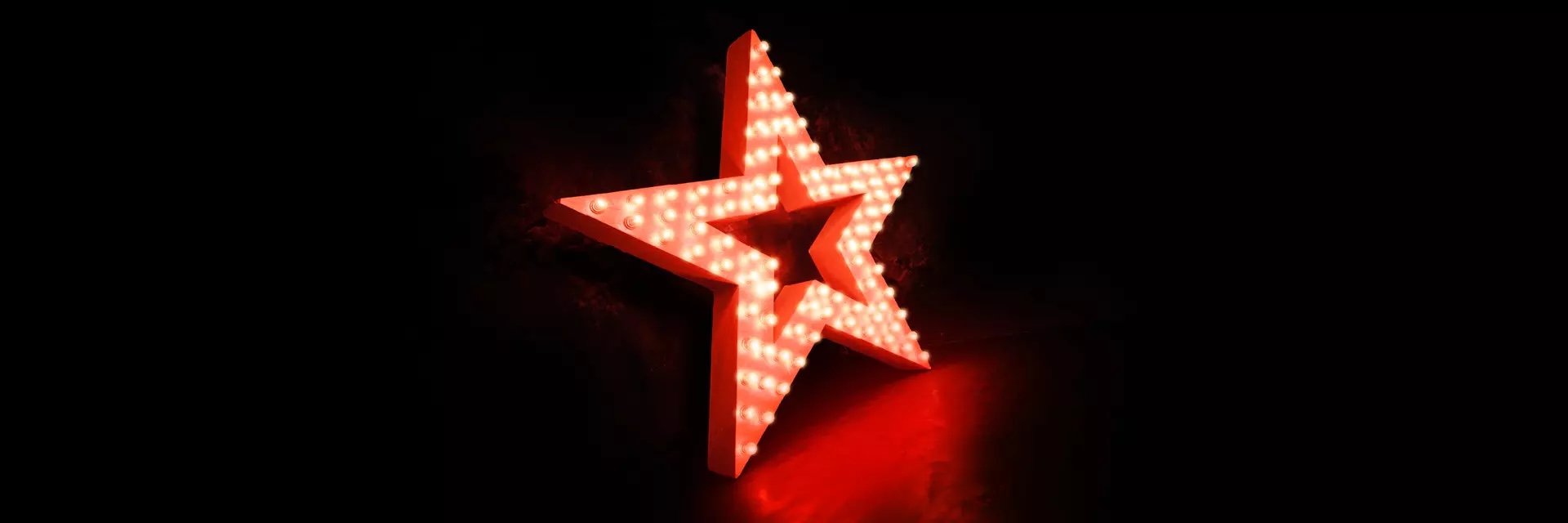

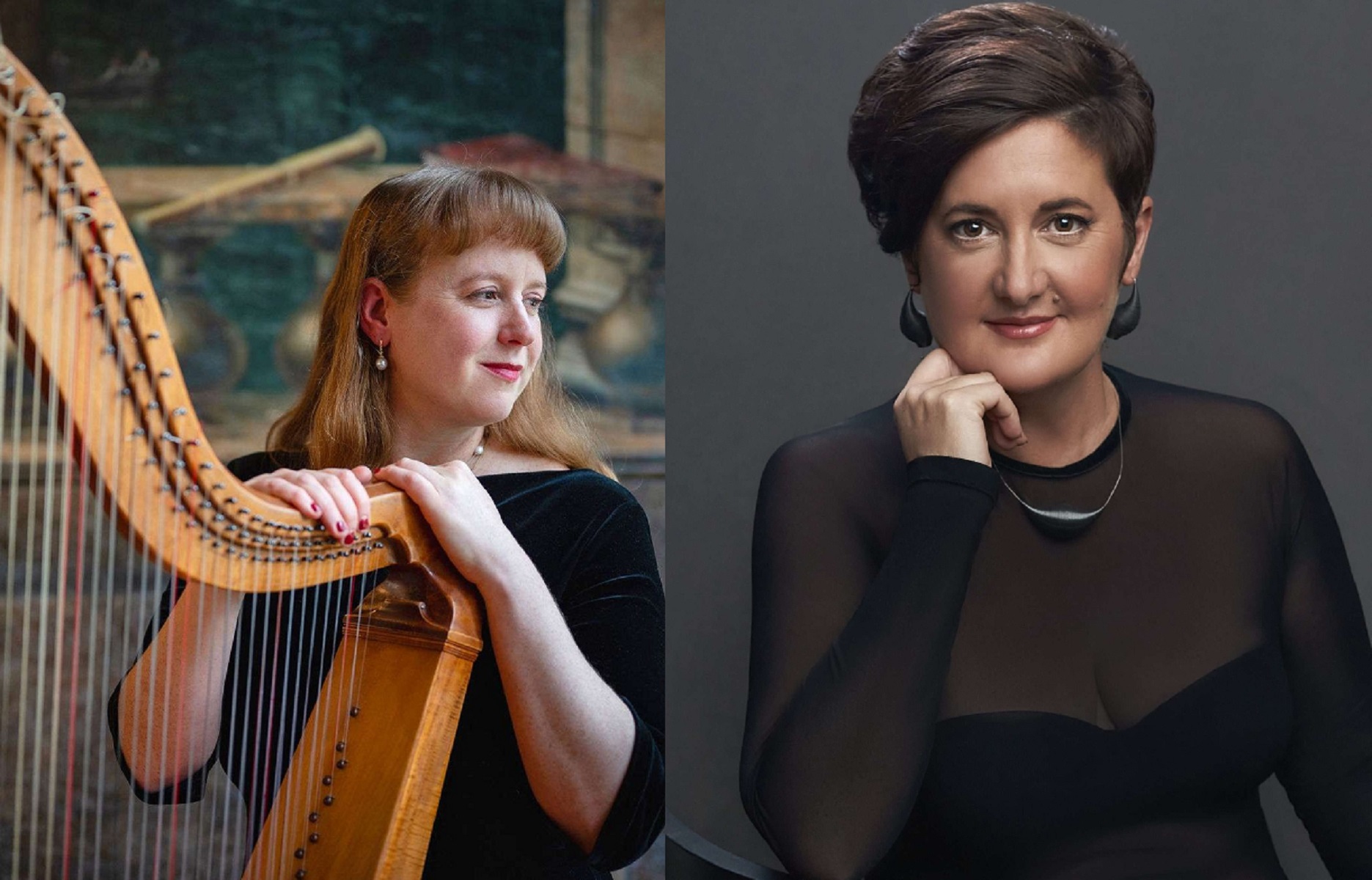
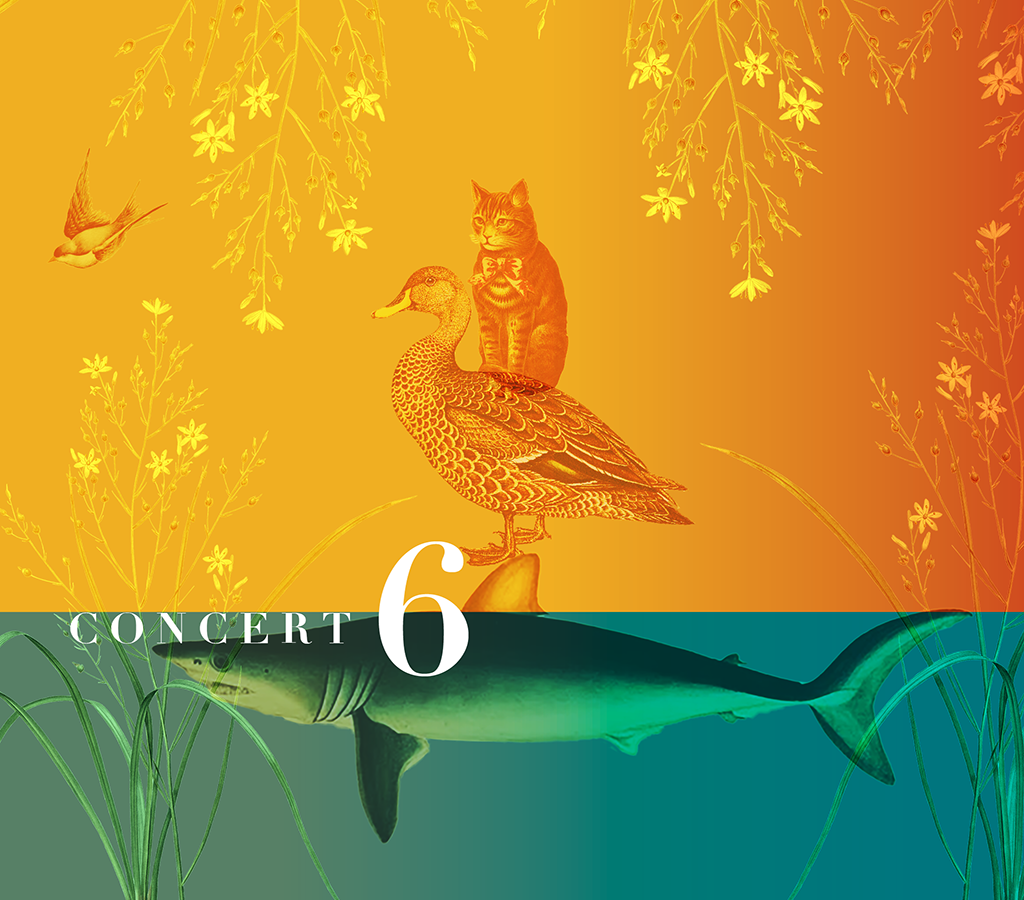

![user222 mrc mostlymozart [splendour of vienna] user222 mrc mostlymozart [splendour of vienna]](https://cdn-classikon.b-cdn.net/wp-content/uploads/2024/02/user222-mrc_mostlymozart_splendour_of_vienna.png)
